🕉️ Have you ever wondered about the mystical allure of Maha Shivaratri, the “Great Night of Shiva”? This ancient Hindu festival, shrouded in spiritual significance, captivates millions of devotees worldwide. But what makes this particular night so special, and why do people stay awake until dawn, chanting and meditating?
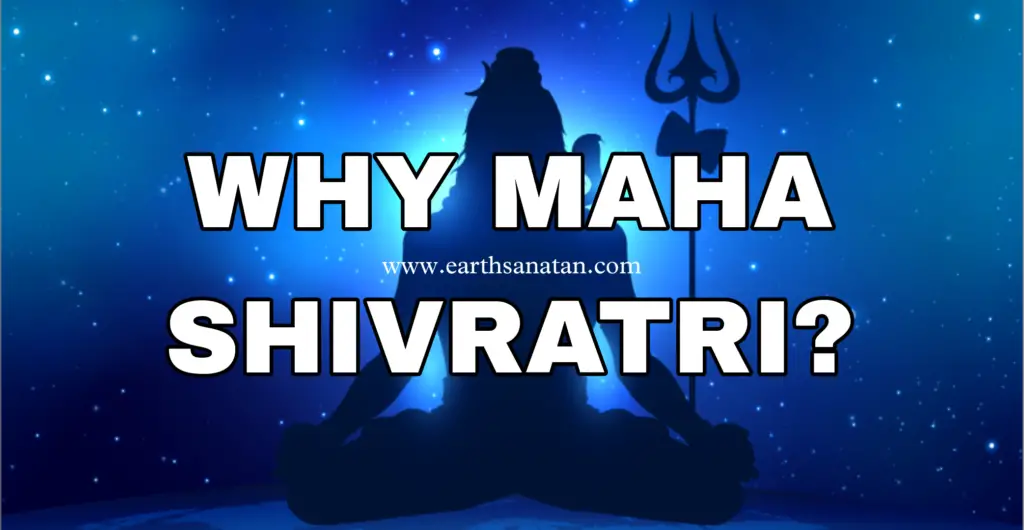
Imagine a night where the veil between the physical and spiritual worlds grows thin, offering a unique opportunity for transformation and enlightenment. Maha Shivaratri is not just another religious observance; it’s a cosmic event that holds the power to awaken your inner consciousness and align you with the divine. Whether you’re a devout follower or simply curious about spiritual practices, understanding the depths of Maha Shivaratri can open doors to profound personal growth and self-discovery.
Maha Shivratri
In this exploration of Maha Shivaratri, we’ll unravel the mysteries behind its celebration, delve into its spiritual significance, and discover why it’s considered a night of awakening. From the reasons behind its observance to the importance of the darkest night of the month, we’ll guide you through the various aspects that make Maha Shivaratri a truly extraordinary event in the Hindu calendar. Are you ready to embark on this spiritual journey? Let’s dive in and uncover the transformative power of Maha Shivaratri. 🌙✨
Why Maha shivratri is Celebrated and the Significance of Mahashivratri
The Origins of Maha shivratri
Mahashivratri, one of the most revered festivals in Hinduism, has its roots deeply embedded in ancient Indian mythology and spiritual traditions. This auspicious night, dedicated to Lord Shiva, carries profound significance and is celebrated with great fervor across the Indian subcontinent and by Hindu communities worldwide.
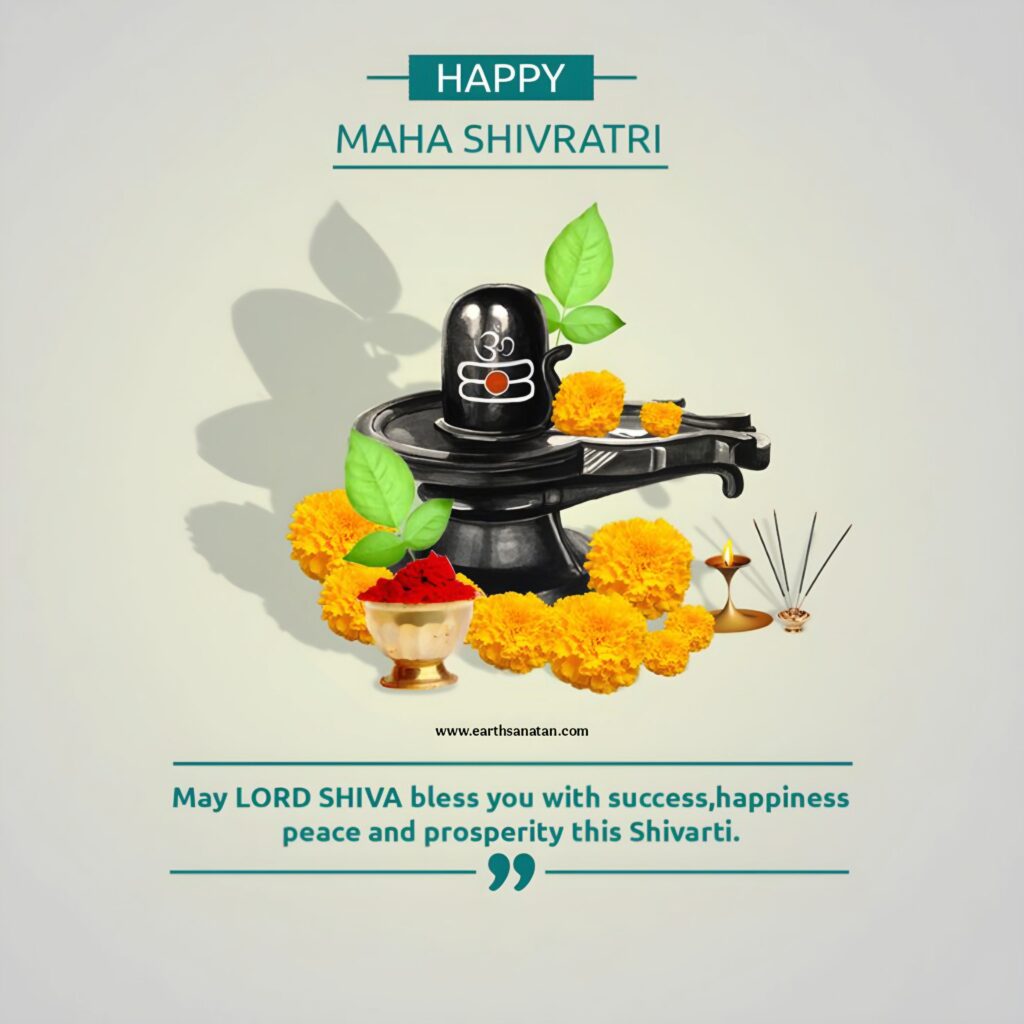
The origins of Mahashivratri can be traced back to several legends and mythological stories, each offering a unique perspective on why this festival holds such importance in Hindu culture. Let’s explore some of these fascinating narratives that form the foundation of Mahashivratri celebrations in banaras .
The Samudra Manthan Legend
One of the most popular stories associated with Mahashivratri is the tale of Samudra Manthan, or the churning of the cosmic ocean. According to Hindu mythology, both gods (devas) and demons (asuras) joined forces to churn the cosmic ocean in search of amrita, the nectar of immortality. During this process, a potent poison called halahala emerged, threatening to destroy all creation.
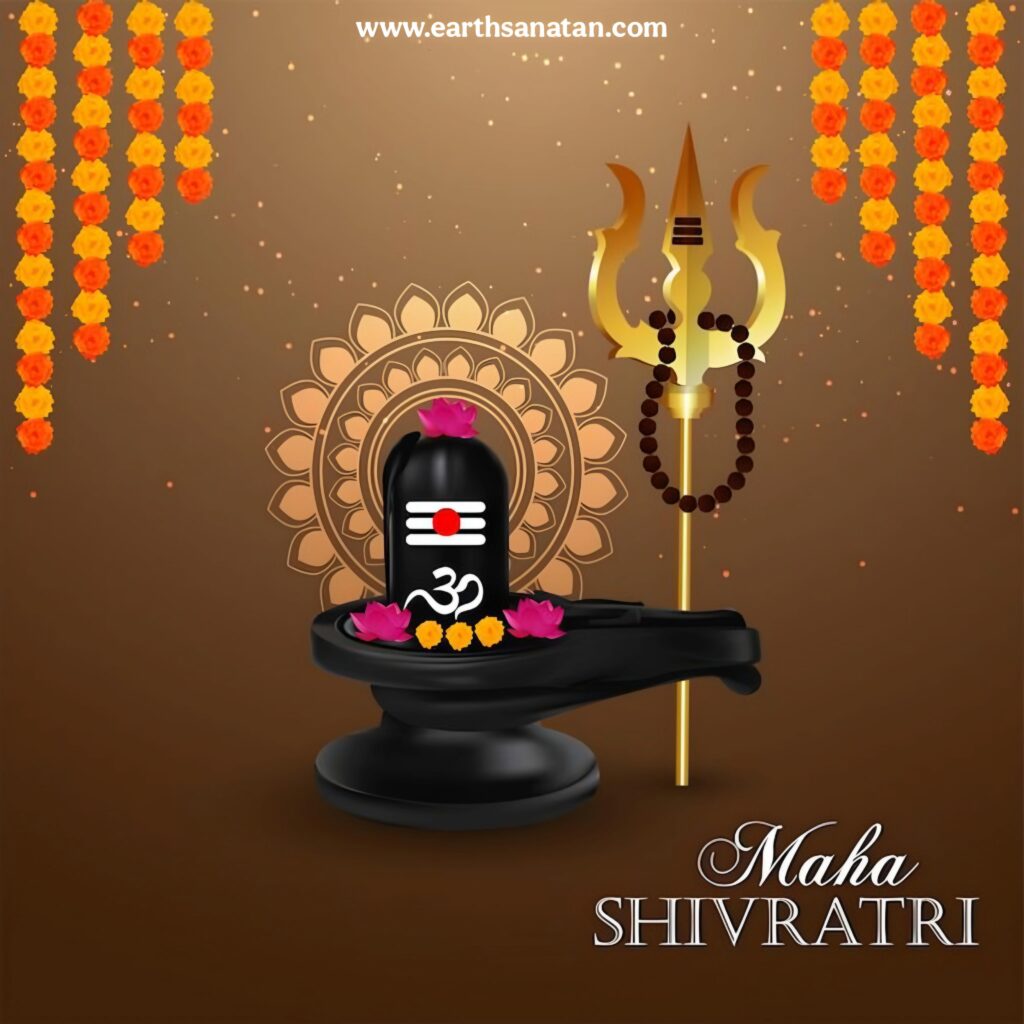
In this dire situation, Lord Shiva came to the rescue. He consumed the deadly poison to save the universe from destruction. However, to prevent the poison from reaching his stomach, Shiva’s consort Parvati held his throat, causing it to turn blue. This act earned him the name Neelakantha, meaning “the blue-throated one.”
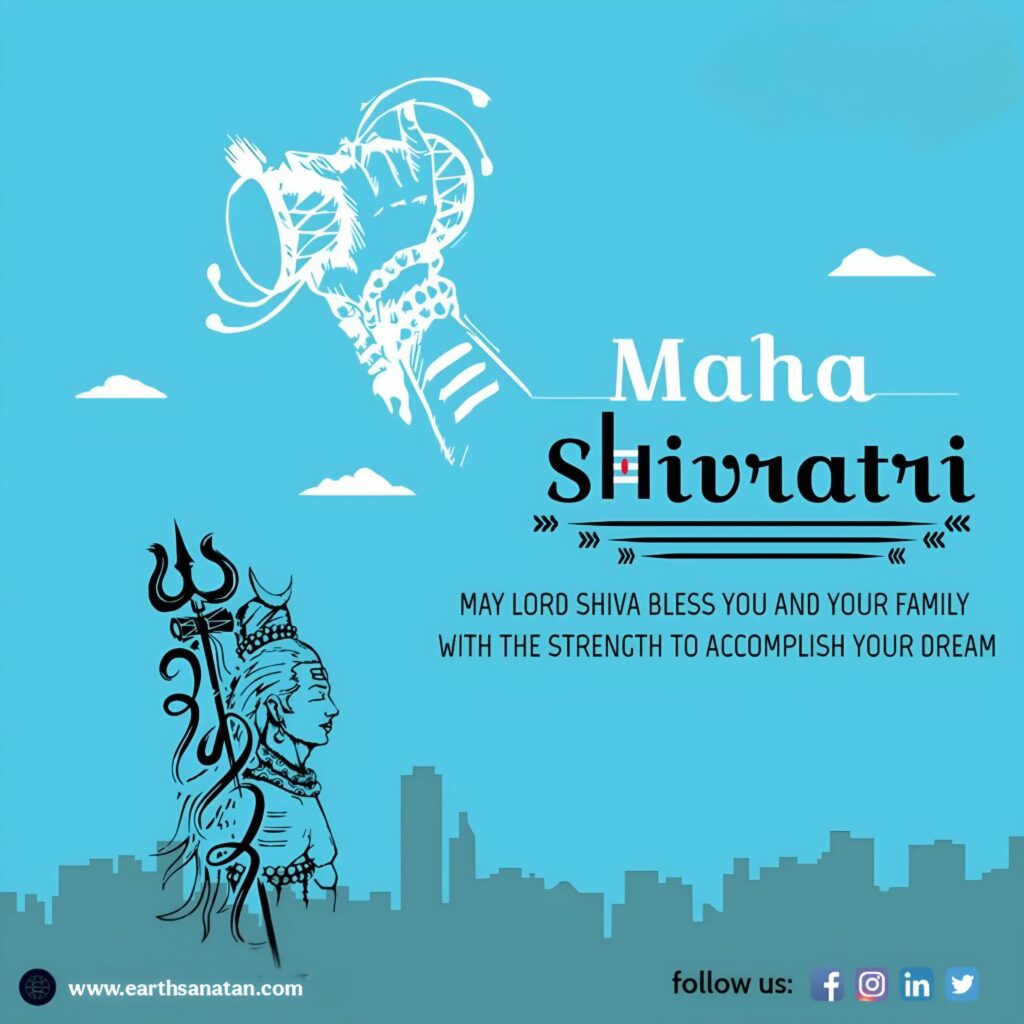
Devotees celebrate Mahashivratri to commemorate this selfless act of Lord Shiva, which saved the universe from annihilation. The festival serves as a reminder of the divine’s protective nature and the importance of sacrifice for the greater good.
The Cosmic Dance of Shiva
Another significant aspect of Mahashivratri is its connection to the cosmic dance of Lord Shiva, known as the Tandava. This divine dance symbolizes the continuous cycle of creation, preservation, and destruction in the universe.
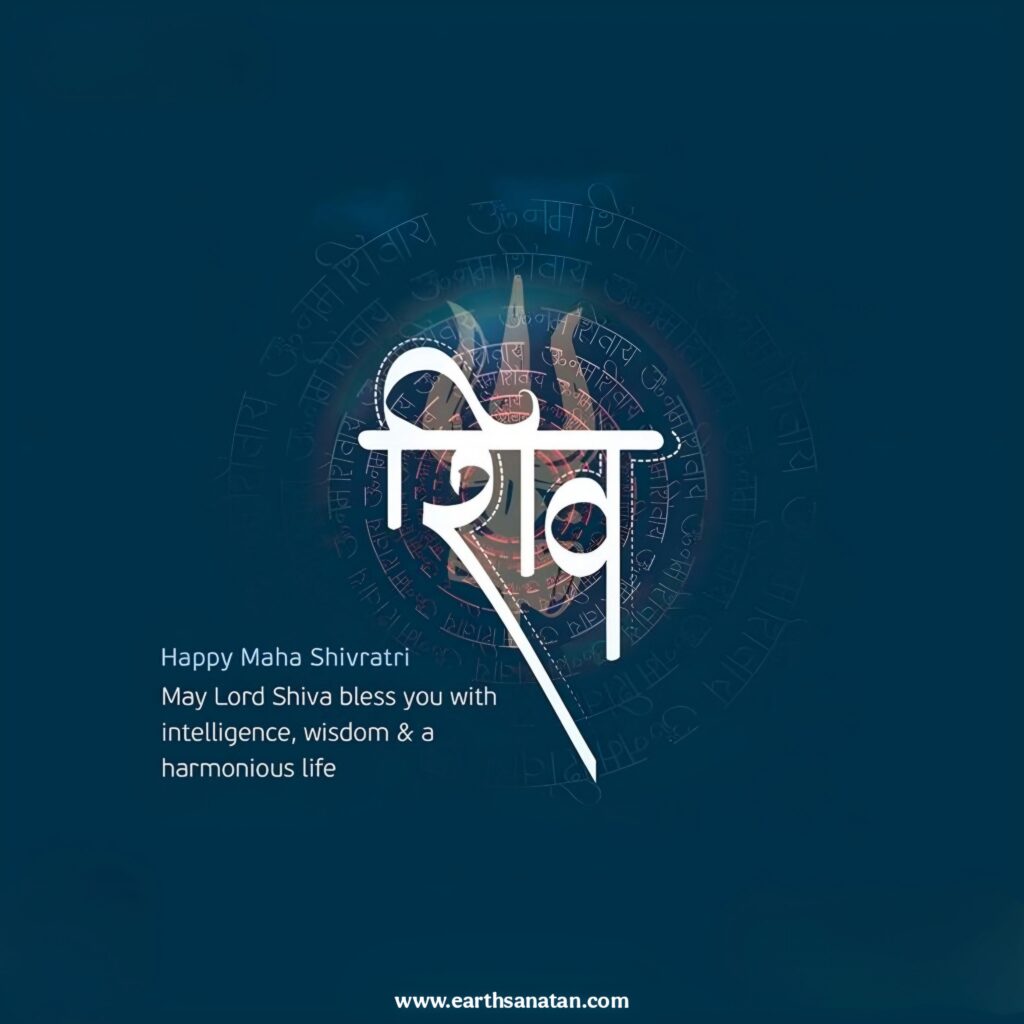
According to Hindu philosophy, the universe goes through cycles of existence and non-existence. Lord Shiva, in his form as Nataraja (the Lord of Dance), performs the Tandava to maintain the cosmic balance. The night of Mahashivratri is believed to be when Shiva’s cosmic dance reaches its peak, making it an ideal time for spiritual awakening and transformation.

Devotees who stay awake and meditate on this night are said to be in sync with the cosmic rhythms, potentially experiencing heightened spiritual awareness and inner transformation.
The Significance of Maha shivratri
Mahashivratri holds immense significance in Hindu culture, both from a spiritual and cultural perspective. This festival is not merely a celebration but a profound opportunity for spiritual growth, self-reflection, and divine connection. Let’s delve deeper into the various aspects that make Mahashivratri so significant.
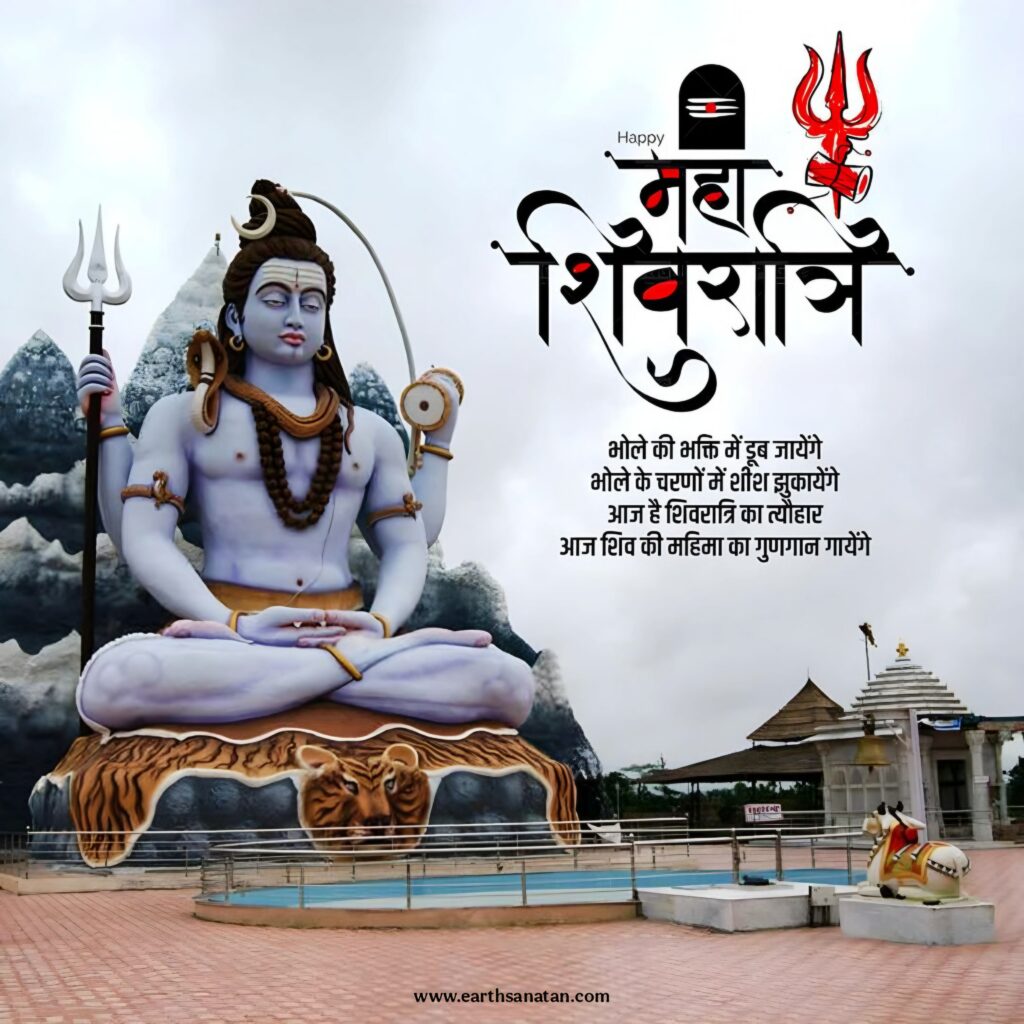
Spiritual Awakening and Self-Realization
One of the primary significances of Mahashivratri lies in its potential for spiritual awakening. The festival is considered an opportune time for meditation, introspection, and self-realization. Hindu scriptures suggest that the spiritual energies are at their peak during this night, making it easier for seekers to dive deep into their consciousness.

The practice of staying awake throughout the night, known as “jaagaran,” is not just a ritual but a spiritual exercise. It symbolizes overcoming the darkness of ignorance and awakening to the light of knowledge and self-awareness. Many devotees use this time for intense meditation, chanting of mantras, and contemplation on the nature of existence.
Overcoming Ego and Negativity
Lord Shiva is often depicted as an ascetic, symbolizing the renunciation of worldly attachments and the ego. Mahashivratri serves as a reminder for devotees to let go of their ego, negative tendencies, and worldly desires. The festival encourages individuals to embrace simplicity, humility, and spiritual growth.
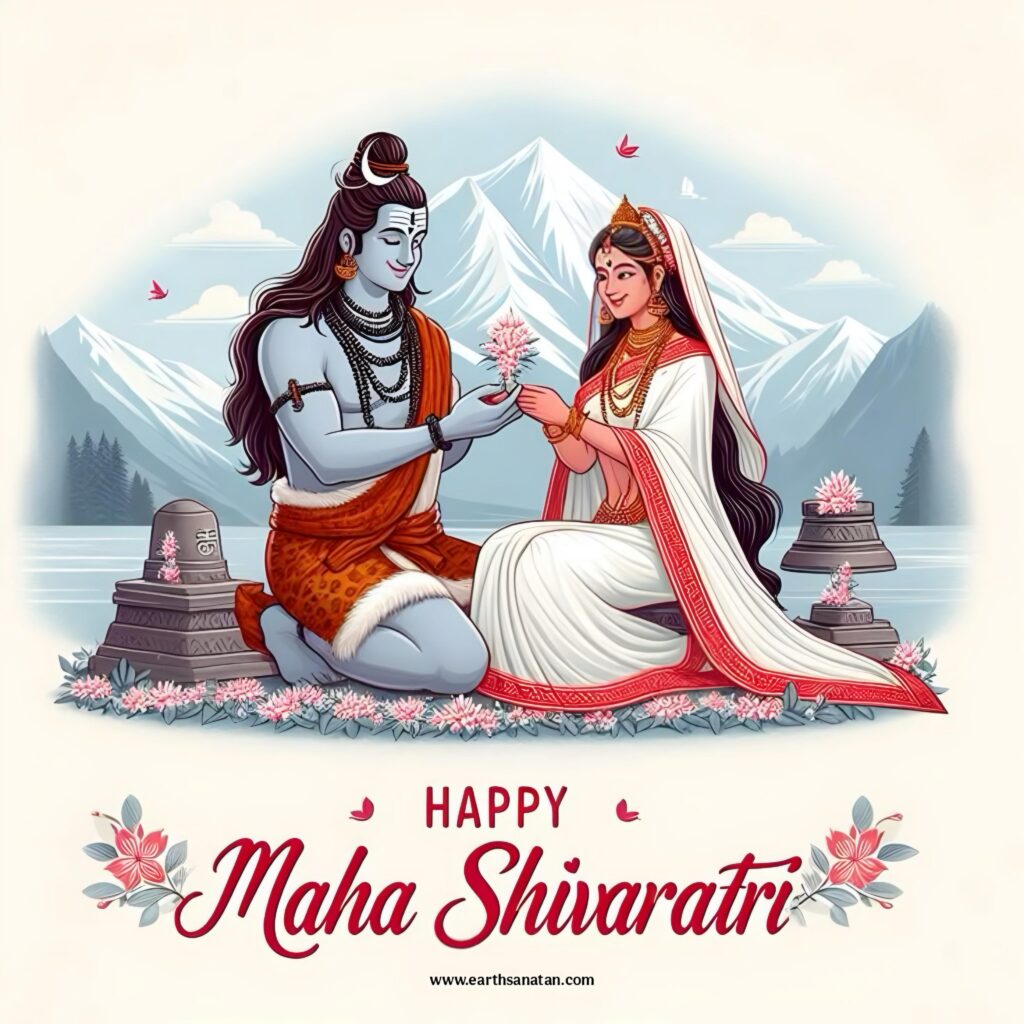
By fasting and observing austerities during Mahashivratri, devotees aim to purify their minds and bodies. This practice is believed to help in overcoming negative traits and fostering positive qualities such as compassion, forgiveness, and selflessness.
Union of Shiva and Shakti
In Hindu philosophy, Shiva represents consciousness, while Shakti represents energy or power. Mahashivratri is seen as a celebration of the divine union between these two fundamental aspects of existence. This union symbolizes the perfect balance and harmony in the universe.
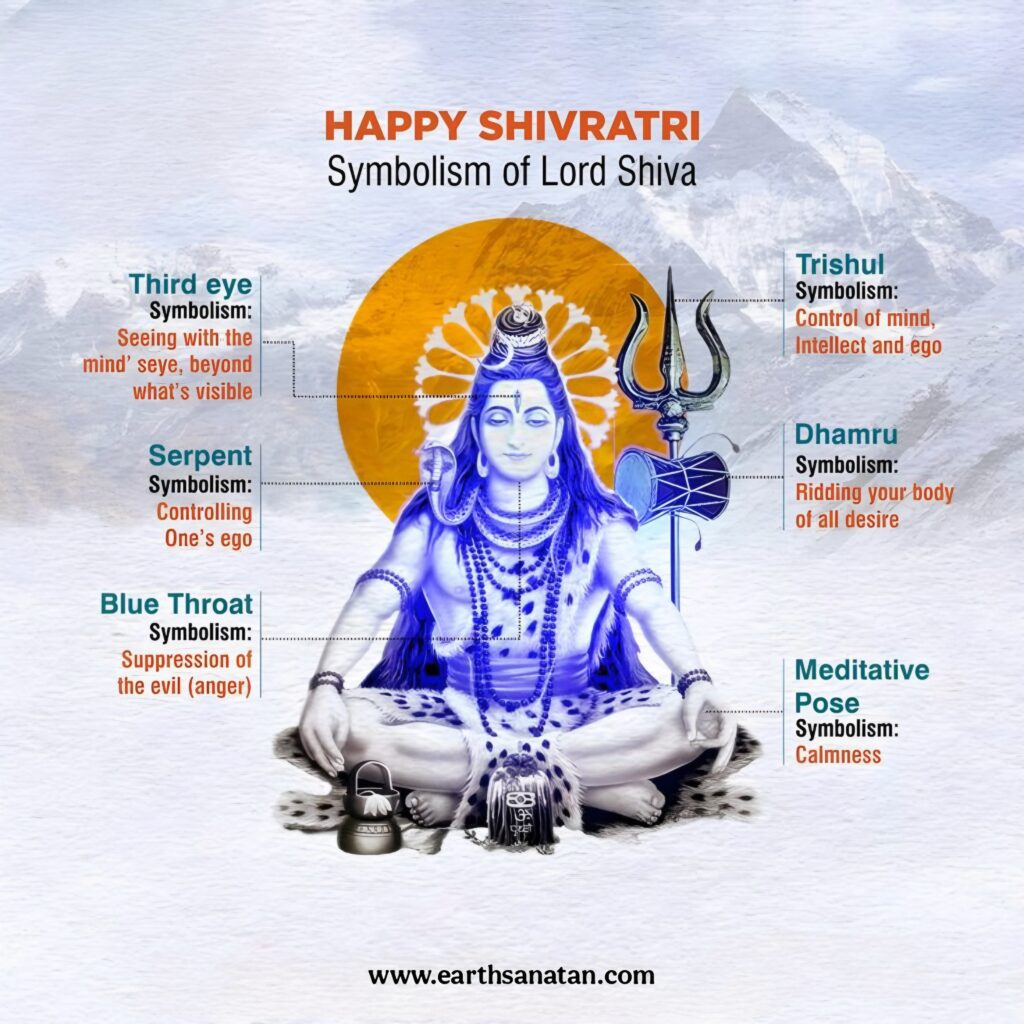
For married couples, Mahashivratri holds special significance as it’s believed to strengthen marital bonds. Many couples observe the festival together, praying for a harmonious and blessed married life. For those seeking life partners, it’s considered an auspicious time to pray for a suitable match.
Aligning with Cosmic Rhythms
Hindu astrology attributes great importance to Mahashivratri. It’s believed that on this night, the planetary positions are such that there is a natural upsurge of energy in the human system. This alignment is said to be particularly beneficial for one’s physical and spiritual well-being.

Many yoga practitioners and spiritual seekers use this time to engage in specific practices that are said to be more effective during Mahashivratri. These practices aim to harness the cosmic energies for personal growth and spiritual evolution.
Rituals and Observances
The celebration of Mahashivratri involves various rituals and observances, each carrying deep symbolic meaning. Understanding these practices can enhance one’s appreciation of the festival and its spiritual significance.
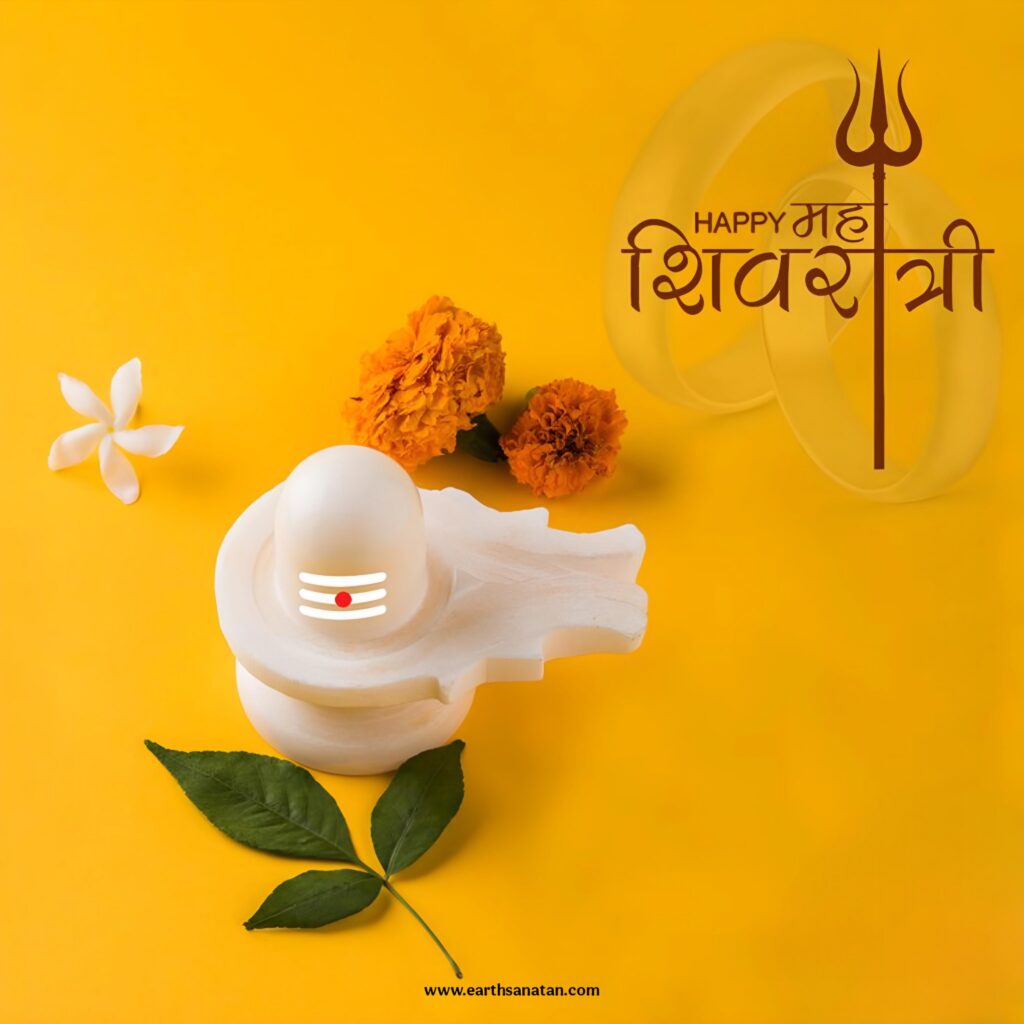
Fasting and Austerities
Fasting is one of the most common practices observed during Mahashivratri. Many devotees observe a complete fast, abstaining from food and water for 24 hours. Others may opt for a fruit-based diet or consume only once during the day. The purpose of fasting is not merely physical abstinence but mental purification and spiritual focus.
| Type of Fast | Description | Spiritual Significance |
|---|---|---|
| Nirjala Fast | Complete abstinence from food and water | Highest form of devotion and self-control |
| Phalahara Fast | Consumption of only fruits and milk | Purification of body and mind |
| Single Meal Fast | One meal during the day | Moderate austerity for better focus |
Worship and Rituals
The worship of Lord Shiva is central to Mahashivratri celebrations. Devotees visit Shiva temples or create a shrine at home to perform elaborate puja (worship) rituals. These rituals typically include:
- Abhishekam: Bathing the Shiva Linga with milk, yogurt, honey, ghee, and water
- Bael Patra Offering: Offering leaves of the Bael tree, which is sacred to Lord Shiva
- Chanting of Mantras: Recitation of sacred Shiva mantras, especially the Maha Mrityunjaya Mantra
- Aarti: Waving of lamps accompanied by devotional songs
These rituals are performed with utmost devotion, often throughout the night, symbolizing unwavering faith and dedication to the divine.
Vigil and Meditation
Staying awake throughout the night of Mahashivratri is a common practice among devotees. This night-long vigil, known as “jaagaran,” is not just about staying physically awake but remaining spiritually alert. Many spend this time in meditation, self-reflection, and contemplation on the teachings of Lord Shiva.
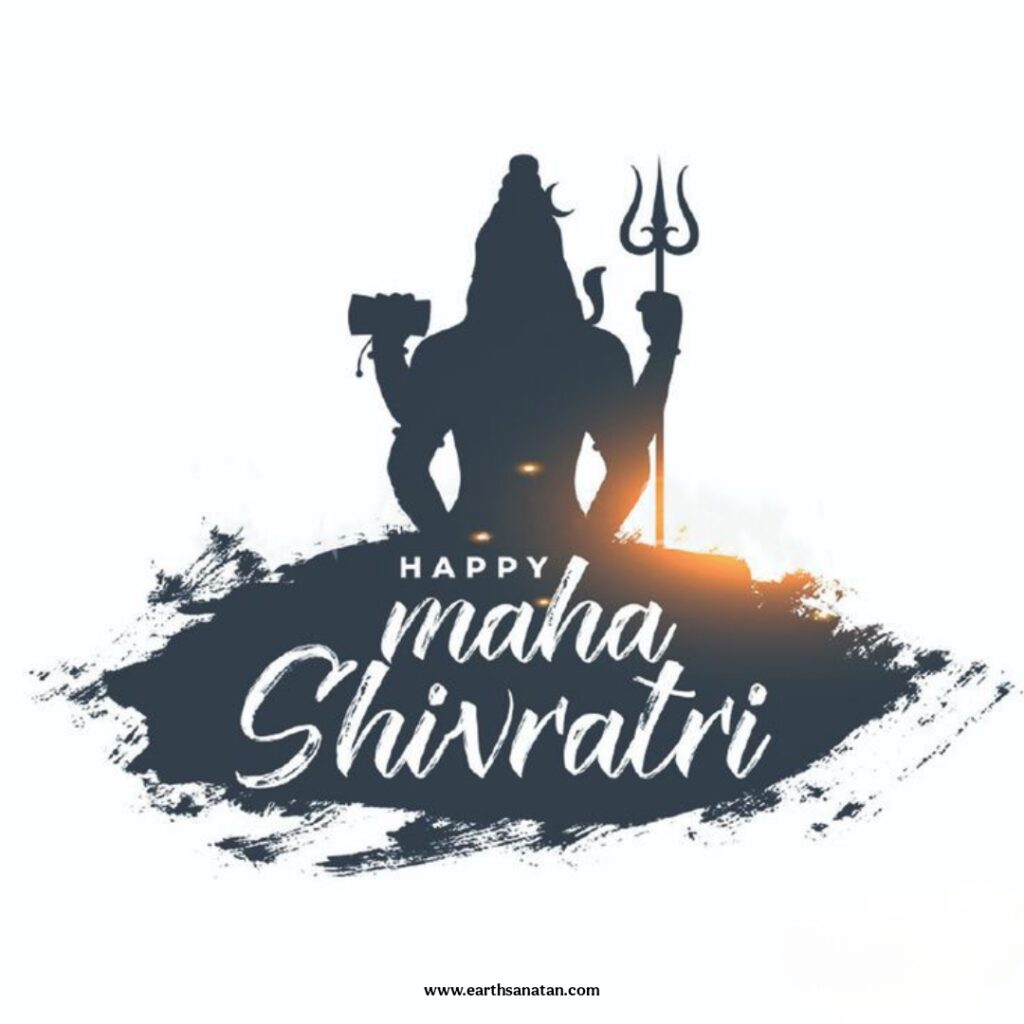
Meditation during Mahashivratri is believed to be particularly powerful. Many spiritual traditions recommend specific meditation techniques for this night, aimed at awakening the kundalini energy and achieving higher states of consciousness.
Pilgrimage to Sacred Sites
Mahashivratri sees a large number of pilgrims visiting sacred Shiva temples and sites across India. Some of the most popular pilgrimage destinations include:
- Kedarnath Temple in Uttarakhand
- Kashi Vishwanath Temple in Varanasi
- Mahakaleshwar Temple in Ujjain
- Somnath Temple in Gujarat
- Brihadeeswara Temple in Tamil Nadu
These pilgrimages are not just physical journeys but spiritual quests, symbolizing the inner journey towards self-realization.
Cultural and Social Significance
While Mahashivratri is primarily a religious and spiritual festival, it also holds significant cultural and social importance in Hindu society. The festival brings communities together and serves as a medium for cultural expression and social bonding.
Community Celebrations
Mahashivratri often involves large-scale community celebrations. Temples and community centers organize all-night vigils, featuring devotional music, dance performances, and spiritual discourses. These gatherings provide an opportunity for people to come together, share their faith, and strengthen community bonds.
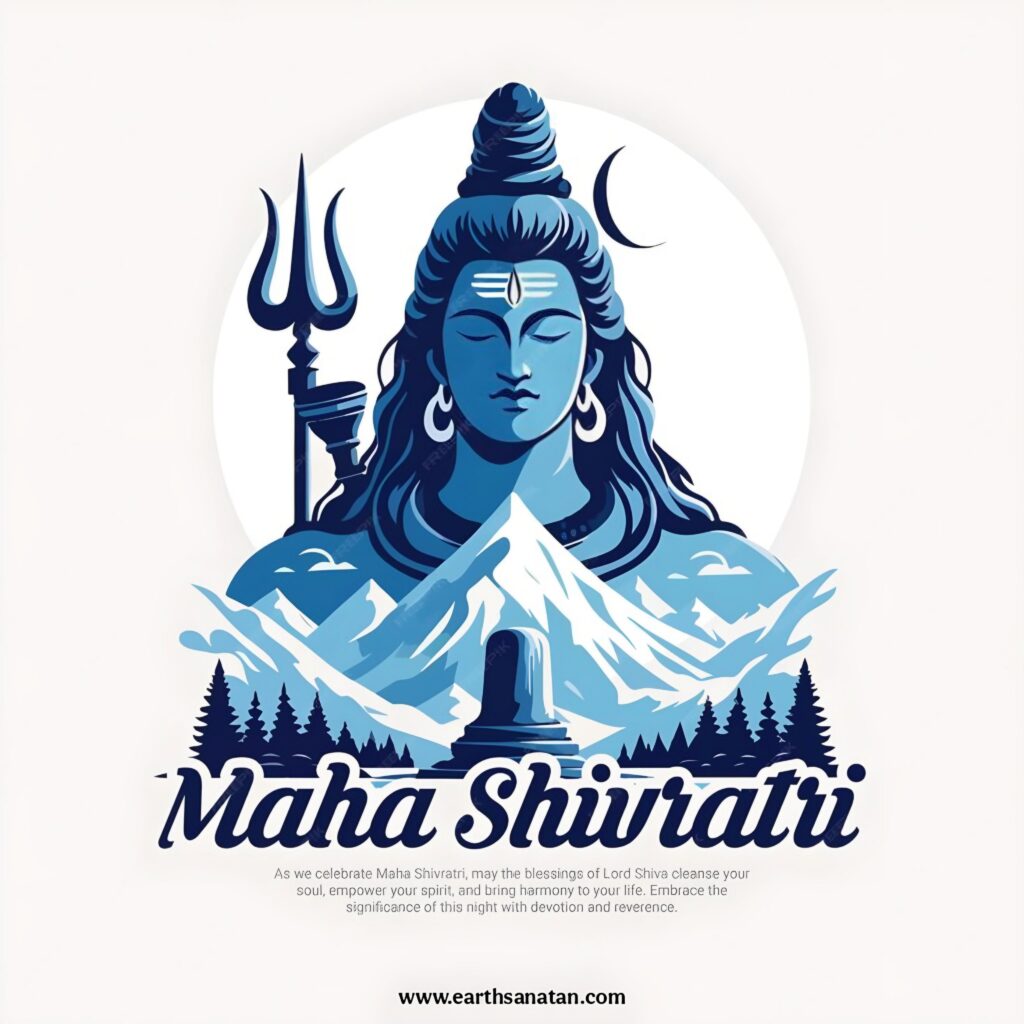
In many regions, fairs and cultural programs are organized as part of Mahashivratri celebrations. These events showcase local art, crafts, and traditions, contributing to the preservation and promotion of cultural heritage.
Artistic Expressions
The festival has inspired various forms of artistic expression over the centuries. From classical music and dance performances to modern interpretations in visual arts and literature, Mahashivratri has been a rich source of creative inspiration.
Many classical Indian dance forms, particularly Bharatanatyam and Odissi, have specific compositions dedicated to Lord Shiva and the Tandava. These performances are often showcased during Mahashivratri celebrations, adding a cultural dimension to the spiritual observances.
Environmental Awareness
In recent years, Mahashivratri celebrations have also become a platform for promoting environmental awareness. The traditional offering of Bael leaves to Lord Shiva has been linked to the importance of preserving nature. Many communities use this occasion to organize tree plantation drives and environmental conservation programs.
Mahashivratri in Different Regions
While the core essence of Mahashivratri remains the same across India, the festival takes on unique flavors in different regions, reflecting the diverse cultural tapestry of the country.
North India
In North India, particularly in states like Uttar Pradesh and Bihar, Mahashivratri is celebrated with great pomp and show. The famous Kashi Vishwanath Temple in Varanasi sees millions of devotees during this time. Special processions, known as “Shiv Baraats,” are taken out, recreating the divine wedding of Shiva and Parvati.
South India
In South Indian states like Tamil Nadu and Kerala, Mahashivratri is marked by elaborate rituals in ancient Shiva temples. The Brihadeeswara Temple in Thanjavur and the Meenakshi Temple in Madurai are centers of grand celebrations. In Kerala, the festival is known as “Sivarathri” and involves a night-long puja accompanied by the rhythmic chanting of “Om Namah Shivaya.”
Western India
In Gujarat and Maharashtra, Mahashivratri sees a unique blend of devotion and cultural festivities. The Somnath Temple in Gujarat becomes a focal point of celebrations. In Maharashtra, especially in cities like Nashik, devotees take holy baths in the Godavari River as part of the Mahashivratri rituals.
Eastern India
In West Bengal and Odisha, Mahashivratri is celebrated with a distinct regional flavor. The festival is known as “Mahabaroni” in Bengal, where devotees offer special prayers to Shiva in his form as Mahakal. In Odisha, the Lingaraj Temple in Bhubaneswar becomes the center of elaborate rituals and celebrations.
Mahashivratri’s Global Reach
In recent decades, Mahashivratri has transcended geographical boundaries, becoming a global celebration observed by Hindu communities worldwide. This global reach has not only helped in preserving cultural identity among diaspora communities but has also introduced the festival’s spiritual essence to a wider, multicultural audience.
Celebrations in the West
In countries like the United States, United Kingdom, and Canada, Hindu temples and cultural organizations organize elaborate Mahashivratri events. These celebrations often blend traditional rituals with modern elements, making them accessible to younger generations and non-Hindu participants interested in exploring Indian spirituality.
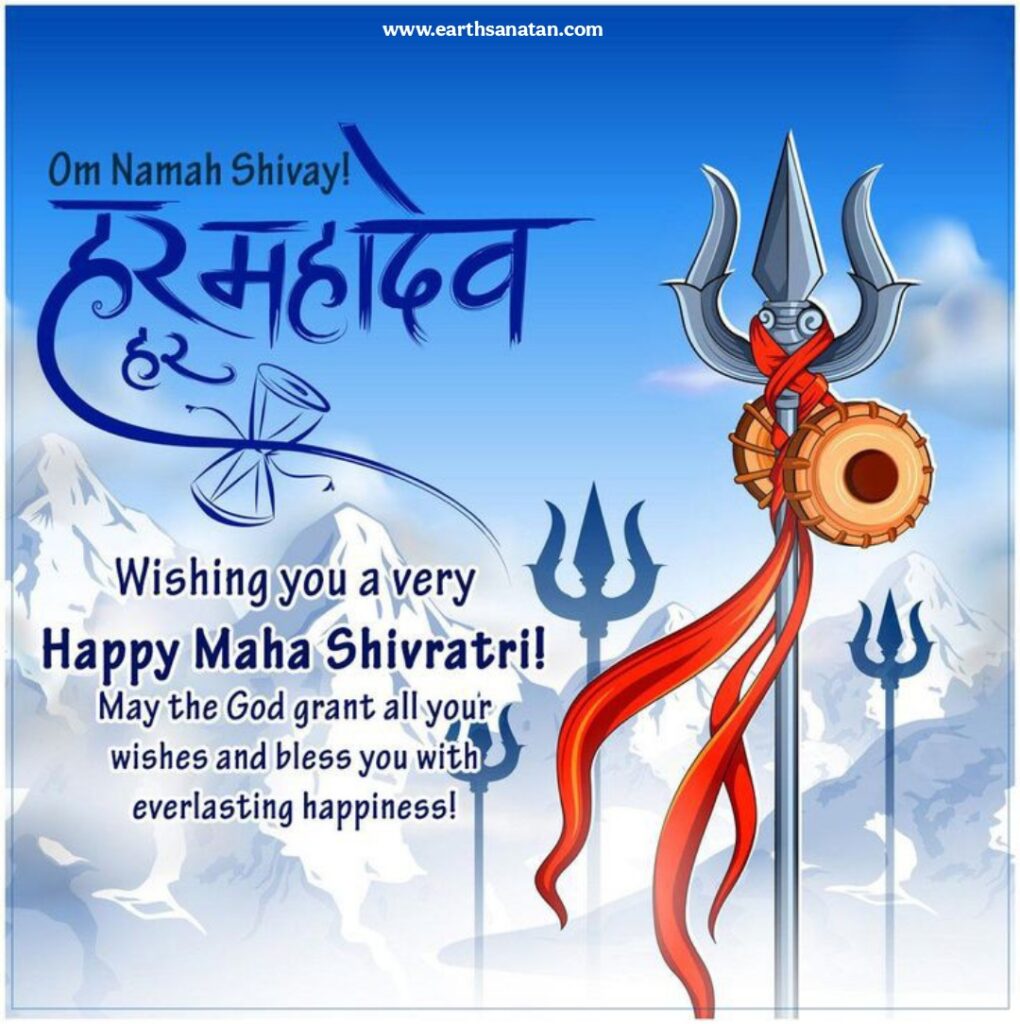
Many yoga centers and spiritual organizations in Western countries use Mahashivratri as an opportunity to introduce Shiva’s teachings and yogic practices to a broader audience. This has contributed to the growing popularity of meditation and yoga in the West.
Mahashivratri in Southeast Asia
In Southeast Asian countries with significant Hindu populations, such as Malaysia, Singapore, and Indonesia, Mahashivratri is celebrated with great fervor. The festival serves as a means of cultural preservation and community bonding for Hindu minorities in these countries.
Digital Age Celebrations
The digital age has brought new dimensions to Mahashivratri celebrations. Online pujas, live-streamed discourses by spiritual leaders, and virtual temple tours have made it possible for devotees around the world to participate in the festival, regardless of their physical location.
Social media platforms have become powerful tools for sharing the message of Mahashivratri, with millions of posts, videos, and live streams dedicated to the festival each year. This digital presence has played a crucial role in educating younger generations about the festival’s significance and keeping traditions alive in an increasingly globalized world.
Mahashivratri and Contemporary Relevance
As we navigate the complexities of modern life, the teachings and principles embodied in Mahashivratri continue to hold profound relevance. The festival’s emphasis on self-reflection, spiritual growth, and harmony with nature resonates with many contemporary concerns and aspirations.
Stress Management and Mental Health
In today’s fast-paced world, stress and mental health issues are increasingly prevalent. The meditative practices associated with Mahashivratri offer valuable tools for stress management and mental well-being. The festival’s focus on inner silence and self-reflection provides a much-needed respite from the constant noise of modern life.
Many mental health professionals and wellness experts now recognize the potential benefits of practices like meditation and mindfulness, which are integral to Mahashivratri observances. The festival serves as a reminder of the importance of mental and spiritual health in our overall well-being.
Environmental Conservation
Lord Shiva’s close association with nature – symbolized by his matted locks representing forests, the crescent moon, the Ganga flowing from his hair, and the snake around his neck – carries a powerful message of environmental harmony. In an era of increasing environmental concerns, Mahashivratri’s underlying theme of respect for nature resonates strongly.
Many environmental organizations and activists use the occasion of Mahashivratri to promote eco-friendly practices and raise awareness about conservation issues. The traditional use of natural elements in Shiva worship, such as Bael leaves and water, reinforces the message of living in harmony with nature.
Promoting Unity in Diversity
In an increasingly polarized world, Mahashivratri stands as a symbol of unity in diversity. The festival is celebrated across India and the world, transcending regional, linguistic, and even religious boundaries. It serves as a reminder of the unifying power of spirituality and shared cultural heritage.
Many interfaith groups and cultural organizations use Mahashivratri as a platform for promoting understanding and harmony among different communities. The universal aspects of Shiva’s teachings – such as the importance of self-realization and overcoming ego – find resonance across various philosophical and religious traditions.
Conclusion
As we transition to understanding the broader context of Mahashivratri, it’s clear that this ancient festival holds a mirror to our modern world, offering timeless wisdom and practices that are as relevant today as they were thousands of years ago. The celebration of Mahashivratri is not just about honoring a deity or following traditions; it’s about embarking on a journey of self-discovery, spiritual growth, and universal harmony. In the next section, we’ll delve deeper into what Mahashivratri is and explore further reasons for its celebration, building on the foundation we’ve laid here.

Do you mind if I quote a couple of your articles as long as I provide credit and sources back to your blog? My blog is in the exact same area of interest as yours and my users would really benefit from a lot of the information you provide here. Please let me know if this okay with you. Many thanks!
Sure
Only wanna input that you have a very decent web site, I enjoy the design it really stands out.
I enjoy the efforts you have put in this, regards for all the great posts.